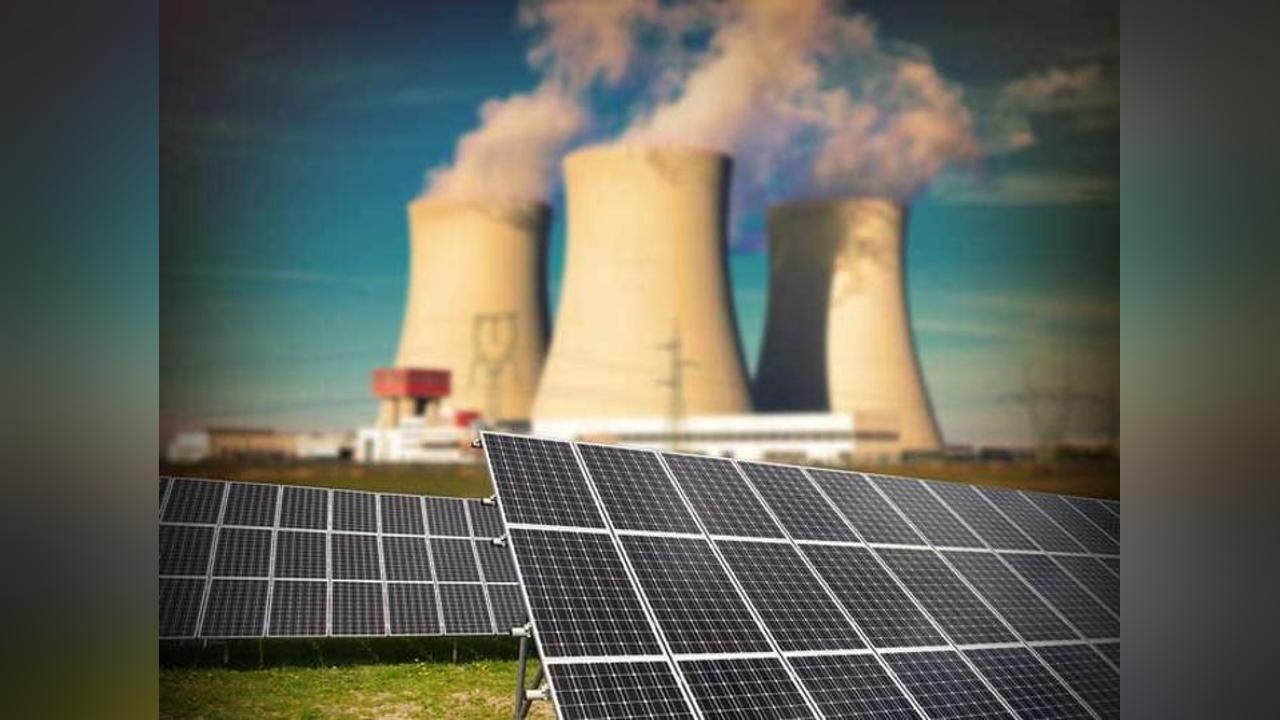writes DR DOUGLAS RASBASH
Africa-Press – Botswana. Botswana’s decision to proceed with a 600 MW coal-fired power station in partnership with India’s Jindal Industries is a baffling and counterproductive move that runs against both global energy trends and the country’s long-term economic interests.
At a time when even the United Nations is declaring that fossil fuels have “run out of road,” the Government of Botswana appears determined to turn into a cul-de-sac. The Secretary General of the UN, António Guterres, recently stated that the world is “on the cusp of a new era” in which clean energy is not only environmentally necessary but economically superior.
In addition to this gravid statement, the latest data from the International Renewable Energy Agency (IRENA) confirms that over 90% of new renewable projects globally are cheaper than fossil fuel alternatives. Solar power is now 41% cheaper than the cheapest fossil source, and wind energy costs less than half of what coal-fired electricity does. So why is Botswana pursuing coal?
A costly mistake
Let’s examine the economic case – or rather, the lack of one. Building and operating a coal-fired power plant is capital-intensive and risky. Thermal power plants are subject to volatile coal prices, long lead times, and escalating operation and maintenance costs. On top of that, Botswana will likely import significant inputs – engineering, equipment, and even operational expertise from overseas, leaking precious forex in the process.
In contrast, solar energy is now the most cost-effective form of new electricity generation in much of the world, including Africa. With over 3,200 hours of sunshine a year, Botswana is among the most solar-rich countries on the planet. In 2024, the levelised cost of electricity (LCOE) from solar PV has fallen to less than US$40 per MWh, while coal-fired generation can exceed US$100 per MWh when accounting for fuel, carbon and environmental compliance costs.
Financing a coal project at today’s interest rates, amid rising risk premiums for fossil fuels, only deepens the hole.
Deterring investment, not attracting it
Energy cost is a key determinant for foreign direct investment (FDI). Multinationals looking to locate operations in Southern Africa assess the cost, stability and sustainability of power. By locking itself into high-cost thermal power, Botswana is making itself less attractive for global investors in manufacturing, data centres, and green industrial sectors. Ironically, this decision comes as major global technology companies are being urged by the UN to commit to 100% renewable power by 2030.
Why would any climate-conscious firm invest in a country doubling down on coal? Moreover, this kind of policy inconsistency sends a poor signal to credit rating agencies and development finance institutions. Botswana markets itself as a stable, forward-looking economy, but its energy policy suggests that it is willing to gamble with stranded assets rather than transition strategically.
Stranded assets and sinking funds
The lifespan of a coal-fired power station is typically 30 to 40 years. Yet, global climate agreements – including Botswana’s own Nationally Determined Contribution (NDC) – require deep emissions cuts within the next 15 years. Thermal plants constructed today are unlikely to reach the end of their economic lives. They will become stranded assets, unable to operate at full capacity or to recoup investment due to tightening climate regulations, carbon pricing, and divestment from polluting industries.
Botswana will also bear increasing costs for emissions mitigation. Export markets are shifting towards carbon border adjustment mechanisms, meaning that coal-powered products from Botswana may face tariffs and restrictions. At a time when value-added exports and trade competitiveness are supposed to be national priorities, this is short-sighted energy planning at best, and self-sabotage at worst.
The myth of energy security
Government defenders argue that coal ensures energy security, but this is an outdated notion. As Guterres rightly pointed out, fossil fuels are now the biggest threat to energy security, not the solution.
They expose economies to supply shocks, volatile pricing, and geopolitical manipulation. Botswana’s own coal logistics are not immune to these pressures, especially given limited rail infrastructure and reliance on South African ports.
Meanwhile, sunlight is free, abundant, and geopolitically neutral. A decentralised renewable system, combined with modern grid investment and battery storage, offers a far more secure, resilient and flexible power future. Yet Botswana continues to spend more on generation than on grids, with IRENA warning that for every dollar spent on generation, only 60 cents goes to transmission and distribution. This imbalance is a strategic error.
A clean, competitive alternative
The chart presents a compelling long-term comparison of the unit cost per megawatt-hour (MWh) for electricity generated from coal, solar, and coal inclusive of carbon offset costs, from 2000 through to 2040. It reveals a clear economic divergence: while coal costs have remained relatively high and flat, solar energy has experienced a dramatic decline in price and is projected to continue falling – albeit at a slower pace – as technologies mature.
In 2000, solar power was prohibitively expensive at around USD 400/MWh, nearly six times the cost of coal. But by 2025, solar had fallen below USD 35/MWh, undercutting coal by more than 60%. This price advantage is set to continue, with projections suggesting that solar could fall to around USD 30/MWh by 2040.
Coal, on the other hand, is not only more expensive to operate but is increasingly burdened by the rising costs of carbon emissions. The addition of carbon offset pricing dramatically alters the economics. By 2040, the total cost of coal generation, inclusive of carbon liabilities, could exceed USD 130/MWh – over four times the cost of solar.
This trend has profound implications for energy strategy. Countries like Botswana, that continue to invest in coal infrastructure risk locking themselves into high-cost energy regimes. Elevated electricity prices will deter foreign direct investment, reduce industrial competitiveness, and impose higher costs on consumers and the public purse.
Conversely, solar offers energy independence, long-term price stability, and alignment with global decarbonisation targets. The graph makes clear that coal is no longer a viable economic option.
Botswana has a chance to become a leader in solar energy in Africa, exporting power, building a green economy and attracting climate finance. But this window will not remain open forever. The global transition is accelerating, and those left behind will be penalised in trade, finance, and relevance.
By moving forward with the Jindal coal plant, the Government of Botswana is betting on the past, not the future. It risks raising energy costs, deterring investors, locking in economic inefficiencies, and jeopardising its international credibility.
The sun is literally shining on Botswana. All that the country needs to do is look up. There is much talk about an economic transition as the workshop to develop the Economic Transition Programme opened on 23 July 2025. However, betting on coal is hardly transformative but is certainly regressive.
The transition to renewables is not only a climate imperative but a financial one. For Botswana to remain competitive and secure, it must follow the sun, not the smoke.
For More News And Analysis About Botswana Follow Africa-Press






